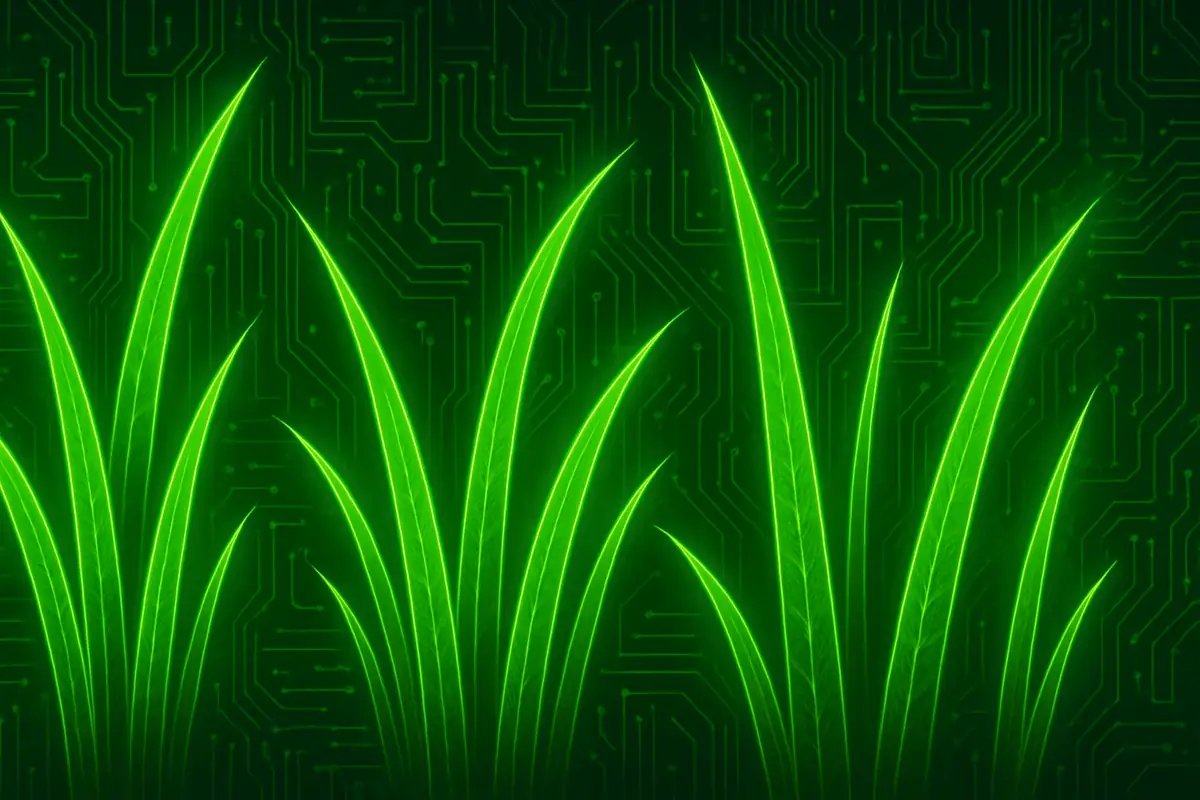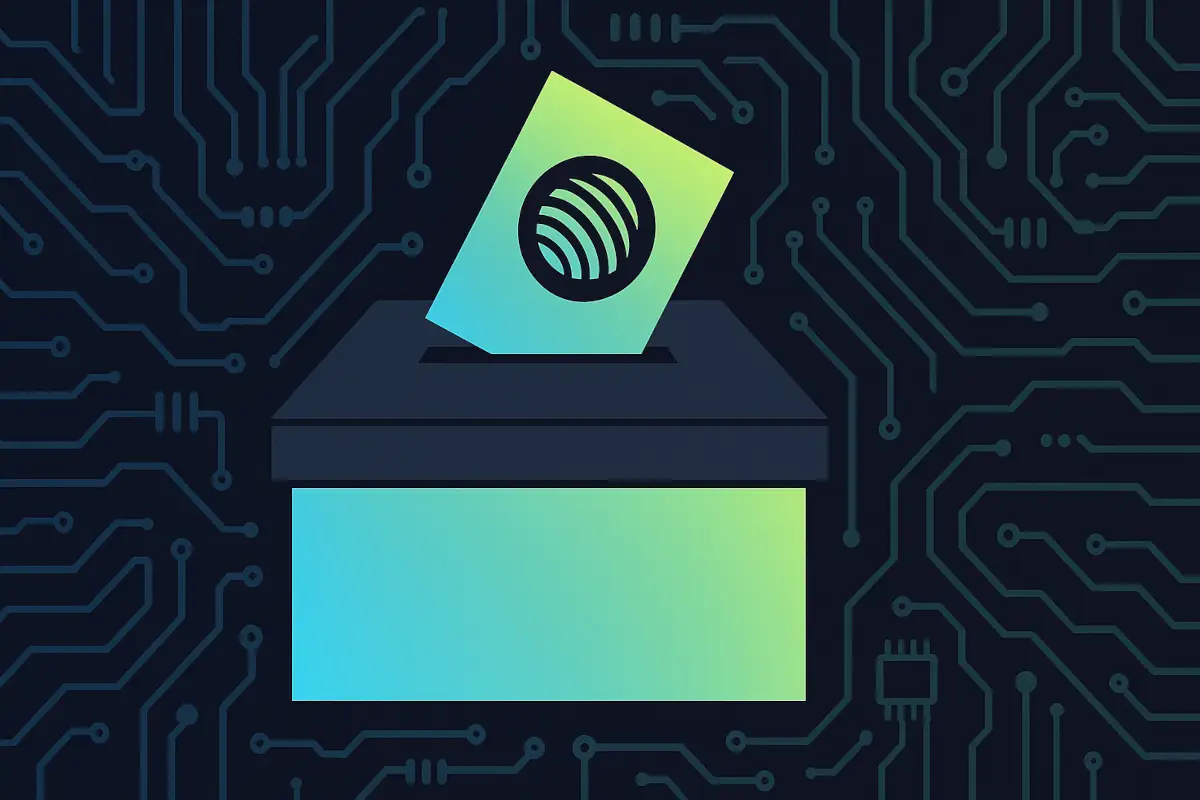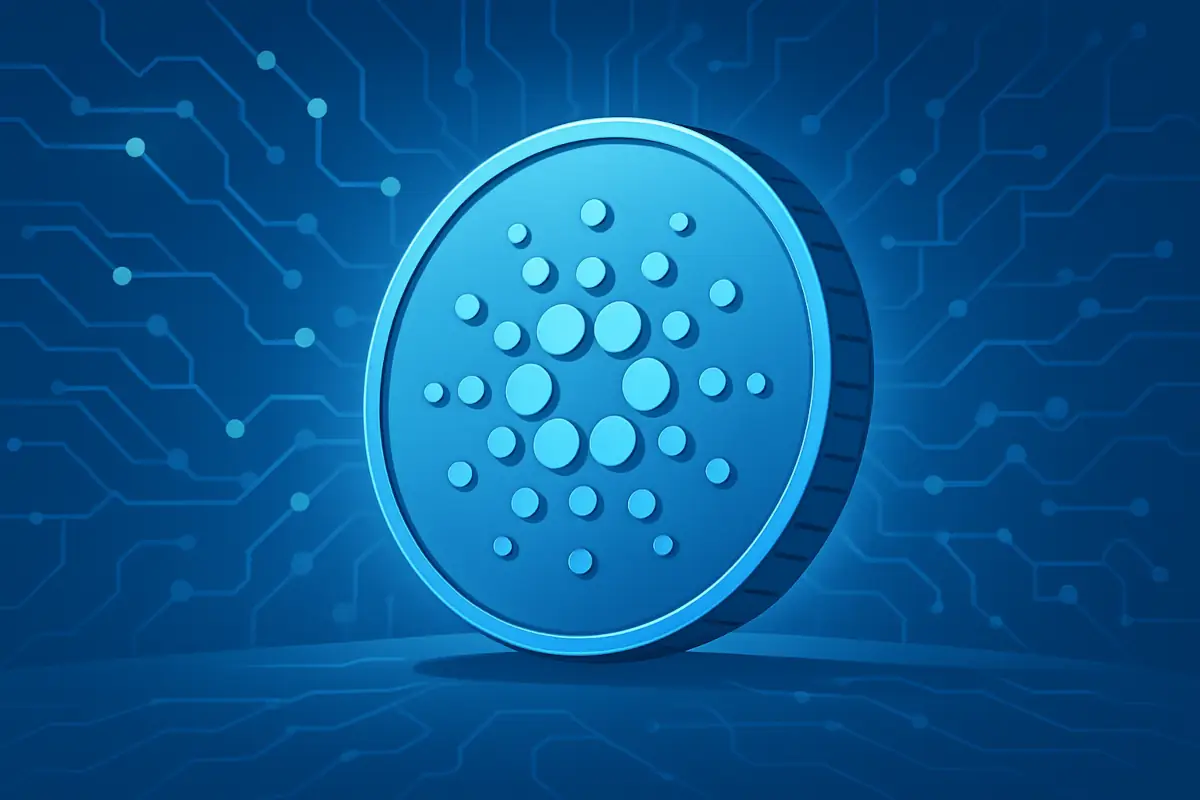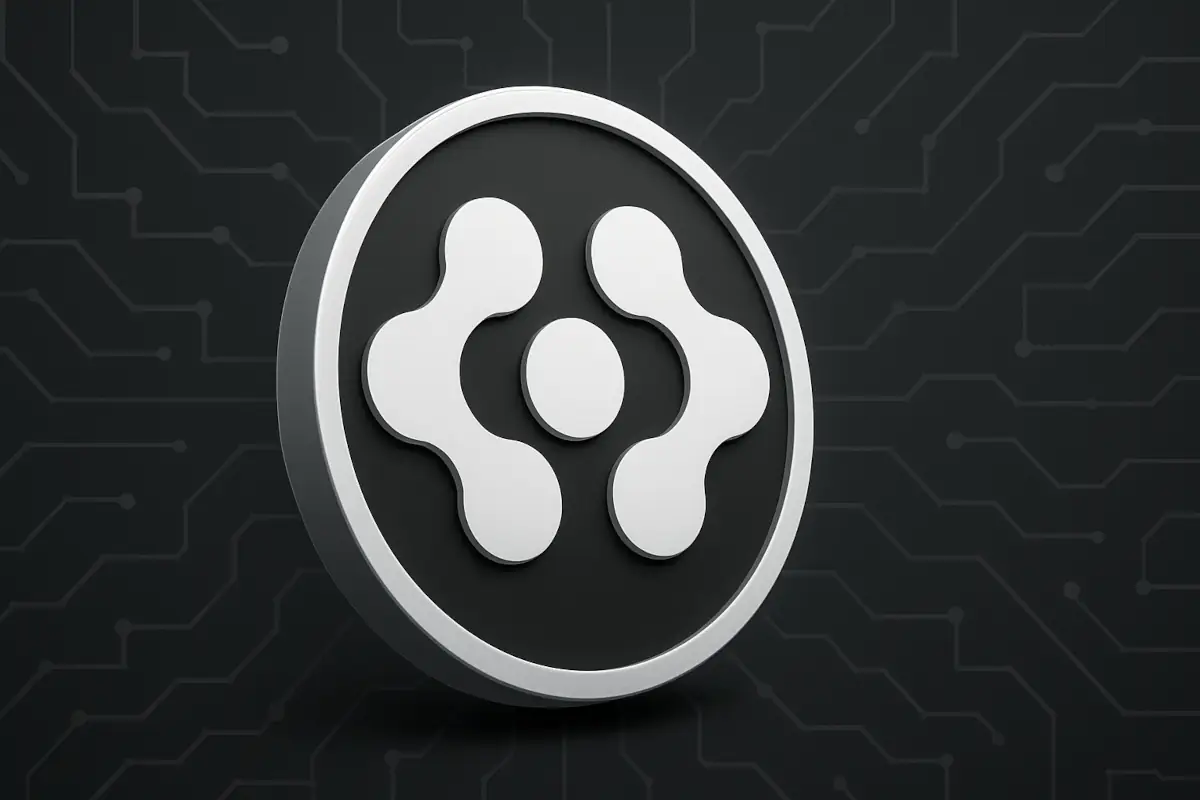GRASS Network has introduced a system that allows individuals to earn rewards from something often overlooked – unused internet bandwidth. Launched on October 28, 2024, it has a solid base on the Solana blockchain.
GRASS offers a functional model that merges sustainability with participation in the artificial intelligence ecosystem. Instead of requiring computing power for mining, the network invites people to share idle bandwidth in exchange for its native token, GRASS. At the same time, it funds environmental projects using portions of the network’s transaction flow.
Table of Contents
What is Grass Network?
GRASS is a Solana-based cryptocurrency focused on sustainability and decentralized participation. Unlike many cryptocurrencies built around traditional blockchain use, GRASS has a unique role – it collects public web data through shared bandwidth and uses that information for AI model training. Its central premise is simple: allow individuals to contribute unused internet capacity and earn GRASS tokens as compensation.
Since its debut, GRASS has gained attention for emphasizing both environmental care and blockchain utility. The system is designed to support clean energy research and forest protection projects using revenue from everyday transactions. By balancing public data gathering and blockchain operation, GRASS opens the door to new participation models in the growing AI sector.
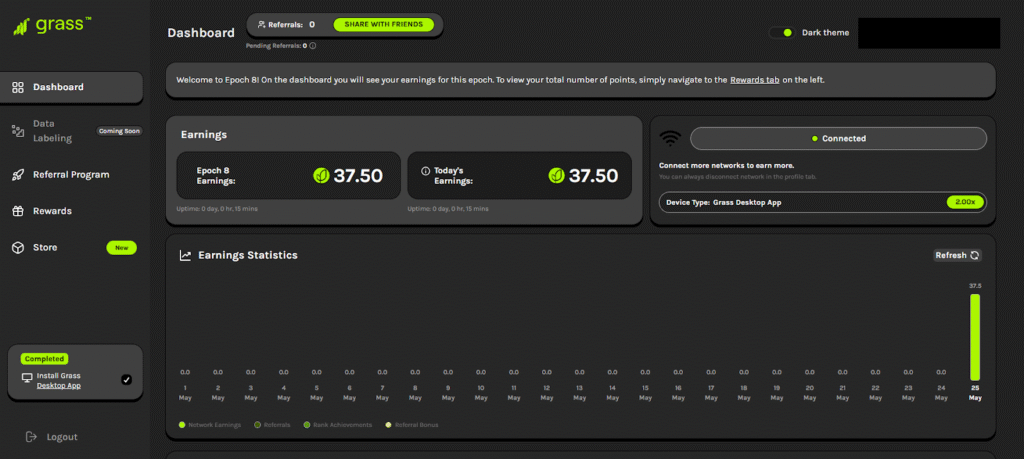
The coin’s distribution and utility model are shaped by sustainability goals, a clear contrast to the energy-heavy design of older cryptocurrencies. This blend of purpose and participation has made GRASS appealing to users looking for simple ways to support environmentally conscious technology efforts.
How Grass Works?
Users join the GRASS network by sharing their unused bandwidth, effectively turning their devices into active “Grass Nodes”. These nodes allow AI developers to access data that aids in model training. Once data collection happens, validators review the process, create secure records using zero-knowledge proofs, and maintain a permanent ledger on the blockchain.
Rewards in the form of GRASS tokens are distributed to those who share bandwidth and support the data flow infrastructure. All actions take place through encrypted routes to maintain privacy, and every transaction is verified for integrity before being added to the public ledger.
This model helps create data sets for AI tools without breaching user privacy. Importantly, the system runs on low energy compared to older coins like Bitcoin. The network has its own wallet for GRASS storage, and users can also earn tokens by participating in platform-backed green initiatives such as tree planting or renewable energy programs.
Security Standards in the Grass Network
Security and data privacy stand at the center of the GRASS system. The network has a zero user data collection policy. Only public data is gathered, and the system never accesses private browsing history or personal files. Every data transaction is encrypted, and sensitive details are kept shielded by the Zero-Knowledge processor.
To fight scams, the GRASS team issues regular warnings about phishing threats, including fake airdrop links that have surfaced online. In addition, the system undergoes regular external audits performed by independent cybersecurity partners. These checks are intended to detect and fix any weak points before they can be exploited.
Such consistent reviews help strengthen user confidence and keep the project aligned with safe data practices. At the same time, the validation model allows the network to grow while holding onto its decentralized values.
Key Components of the Grass Ecosystem
Grass Network operates through a network of routers, nodes, and validators. The routers channel traffic, keep it encrypted and help measure bandwidth usage. Nodes act as traffic gateways that pass public data, and validators confirm transactions and data flow using zero-knowledge proofs.
Data is first collected using “Socrates,” a proprietary tool by Wynd Labs. This software turns raw public data into structured formats usable for AI training. Grass validators, in their current centralized model, are tasked with session proof collection and transaction confirmation. Plans exist to shift toward a decentralized validation committee to increase transparency and remove single points of control.
Nodes earn rewards based on both the quantity of data they process and their reputation scores. Routers are paid for uptime and data flow volume. Together, these roles create an active cycle of data gathering, processing, and rewarding – all handled within the encrypted GRASS network.
Tokenomics and Supply Distribution
GRASS has a fixed token supply of 1,000,000,000. Out of this, 30% is reserved for the community to ensure wide ownership and participation. Airdrop One, the largest ever on the Solana network, gave out 100 million tokens, attracting more than 2.8 million users from 190 countries.
Another 17% is held for future incentives, which include ongoing airdrop phases and contributor rewards. Early investors were allocated 25.2% of the total supply, subject to a 1-year lock-in and a 1-year vesting schedule to limit early dumping. Core project contributors were granted 22% with a 3-year vesting model to support long-term involvement.
Foundation growth efforts received 22.8%, while routers – who form the transmission backbone – were given 3% of the total token pool to support bandwidth traffic.
How to Start Earning GRASS
To start earning GRASS tokens, users register at Grass.io, install a browser extension or desktop node, and connect their digital wallet. By sharing unused bandwidth and maintaining an active connection, participants start accumulating GRASS Points. These points could later qualify them for token airdrops or staking opportunities.
The current airdrop phase provides 50% more rewards than the first. Users can maximize earnings by running both desktop and browser components and referring others. Each successful referral brings 2,500 points and an extra 20% from their referred users’ activity.
Installing Mises or Kiwi browsers is recommended for mobile users. Authentication through email and wallet connection is required before earning starts. Community activity and staying informed on platform updates can help increase reward potential.
What’s Next?
The GRASS team plans to shift validation duties from a centralized system to a community-driven model. This transition is part of the project’s roadmap to increase decentralization and transparency. With a portion of network proceeds going to green programs, the network supports sustainability alongside blockchain operations.
Future plans include expanding its AI data pipeline, improving token utility in external ecosystems, and increasing reward opportunities for long-term users. As interest in ethical investing grows, GRASS is built to attract users looking for both utility and purpose.
Read also: What is Space and Time (SXT)? Data Backbone of Blockchain and AI Systems

